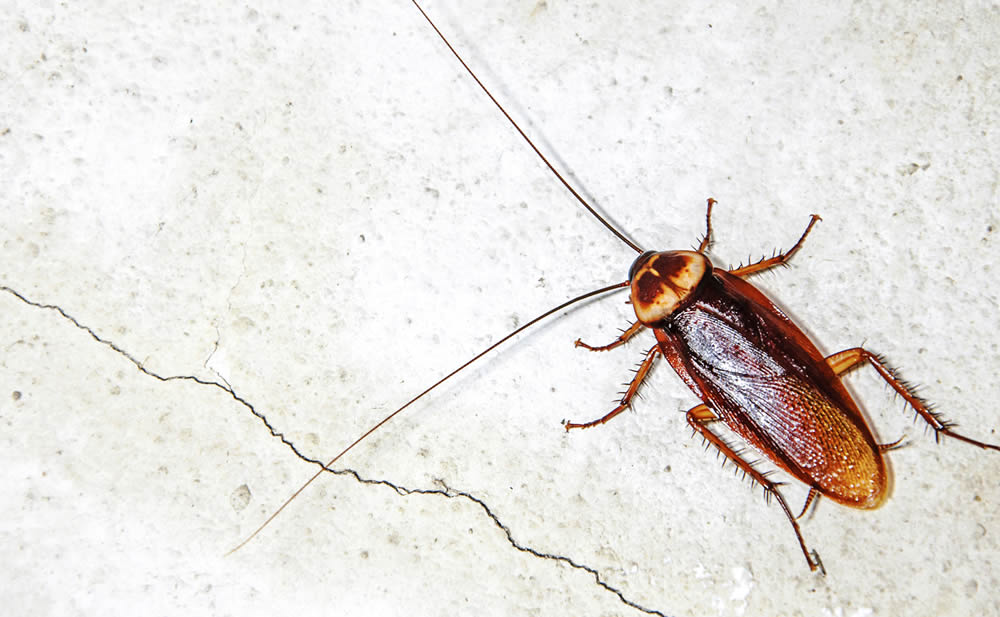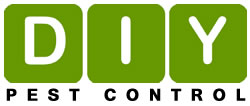Pest Control Checklist
Home Pest Control Checklist
DIY Pest Control For Domestic Homes

Spraying pesticide around the house doesn’t necessarily assure you of a complete pest eradication. You might have sprayed your home with the best pesticide, but you may still be a victim of an infestation after a while. Nonetheless, you can counter this by carrying out a regular checklist to ensure there are not pests infesting your home. If you’re not the DIY kind of person, hiring a profesional exterminator is wise. Simply use google or social media to find a local pest control company near you and ask for quotes so you can compare prices.
Keeping your house clean to maintain proper hygiene and sanitation is also another way to help prevent a possible pest infestation. Since it’s hard to avoid the common house pests like cockroaches, ants, bedbugs, or termites, you need to conduct a proper checklist to help you control them.
Here is a DIY home pest control checklist with regard to the areas you need to check regularly to ensure your house is free from pests.
1. Kitchen/Dining Area
You could find flies, cockroaches, or rodents in the kitchen. Some might be located in the cabinets, kitchen equipment, the ceiling, waste disposal areas, or inside other storage areas.
Mostly, such pests might infest the kitchen area if there are food particles on the floor/tables or dirty dishes in the sink. Loose food containers can also attract the pests in the kitchen. That said, here are tips to help you manage the kitchen hygiene and sanitation as well as keep away the pests;
- Keep countertops, drawers, and shelves clean and dry.
- Keep the refrigerator and dishwasher areas clean
- Clean out any spills or debris on the floor
- Store food in air-tight containers
- Limit the use of cardboard boxes in the kitchen (they might be possible hideouts for cockroaches or other insects)
- Fix any crevices, cracks, or holes around the kitchen
- Inspect shipments and incoming boxes for any possible pest
- Check that the garbage bins or trash cans have proper plastic liners
- Keep the oven and microwave clean at all times
- Set up insect baits or a reliable pest trap when necessary
- Take action whenever you notice rodent droppings or damages around the kitchen
- Avoid leaving food particles on the table or the floor. Conversely, you should clean up drink spills or food wrappers immediately.
Always ensure that the kitchen/dining area is tidy and airy enough. Other than keeping pests away, the kitchen/dining area should be clean and tidy for health purposes. Avoid using toxic pesticides in the kitchen or dining area.
2. Entryway
These areas are mostly infested with cockroaches, mosquitoes, ants, and flies. They will be in plenty near cracks or gaps, under doors, or near the plants in the entryway. Here, the pests might be looking for a warm habitat with limited to no disturbance.
Here is how to control and prevent pest infestation in the entryway;
- Get rid of water that sits on the veranda near the entry areas {it could be a breeding place for mosquitoes}.
- Use artificial trees and plants if the pests are uncontrollable. When choosing artificial plants, ensure that they are attractive enough to maintain the décor effect.
- Ask your air conditioning expert to install a unit that blows air out of open entrances to eliminate the pests.
- Avoid leaving doors open. You can also install weather stripping or door sweeps to block the pests’ entry areas.
- Trim the branches that extend towards the house, and install a gravel perimeter around the house if the pests are uncontrollable.
- Talk to a professional to eliminate the landscaping options that might attract pest to your home.
You must ensure that there is no any possible entry point that pests can use to enter the house. Also, make sure that the compound around your home is tidy at all times.
3. The Attic
The attic is a favorite hideout for rats, mice, or birds. These pests mostly choose the lofts or ceiling cavities {attics} because they are dark and warm. One possible sign of pests in the attics is unfamiliar noises. Rodents can chew on electrical cables, which can then cause a fire breakout. On the other hand, birds can contribute to the spread of mites, fleas, and other diseases.
Carry out an inspection whenever you hear noises coming from the attic. If it seems dangerous to access the attic, you can contact a pest management professional to handle it for you.
4. Bathroom
You might probably find cockroaches, mosquitoes, or rodents in the bathroom. If you have a broken drainage system that leaves water clogged in the bathroom, it can attract pests in your house. The pests can also feed on soaps or other products in the bathroom. Here is what to do to ensure you keep the pests away;
- Eliminate any mildew and mold growth. You might be needed to inspect the bathroom thoroughly to spot them
- Check and replace any loose tiles in the bathroom
- Seal the gaps between the walls and the cabinets
- Check and fix any leak in the pipes and faucet
- Seal the gaps around vents and pipes
- Take the necessary action whenever you notice rodent or pest droppings or damages
Using the right pesticides can also help to limit the infestation of the pests in the bathroom if you incorporate it with a regular checkup.
5. Bedrooms
You may find cockroaches, ants, bedbugs, and even rodents in the bedroom. These pests will infest the bedroom if it is stuffed, dark, and untidy. Here are some tips to help you handle pests in the bedroom;
- Get rid of the headboards and check if there are bedbugs once or twice in a year.
- Avoid taking food or drinks to the bedroom. If you have kids in the house, discourage them from eating in the bedroom
- Take immediate action whenever you notice bedbugs in any room
- Keep the bedroom tidy and avoid stuffing suitcases and other boxes
- Inspect the rooms for potential hiding places of pests.
- Other than keeping the bedroom tidy, ensure that you change the bedsheets regularly to ensure the environment is clean enough. If you have carpet, rugs, or sofas in the bedroom, make sure that you clean them regularly as well.
Conclusion
This is a home pest control checklist that you can handle without the help of an exterminator. Nonetheless, always contact a reliable and reputable pest management professional if the pests are in plenty in your home. Also, seek professional advice before you start using any pesticide.
